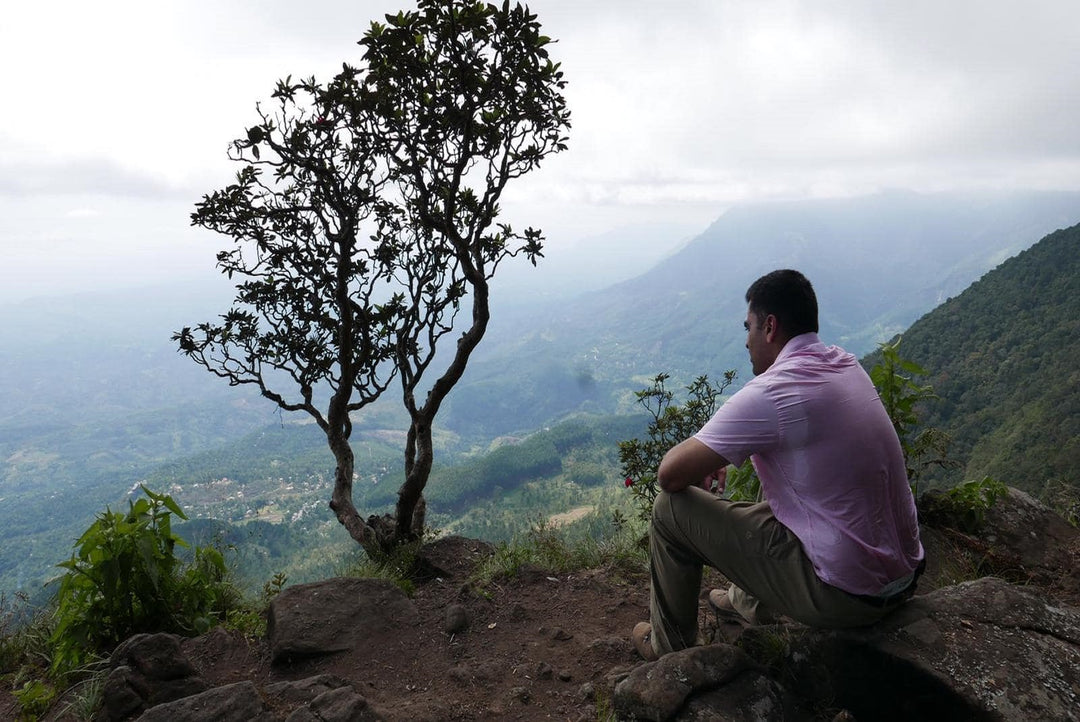Ruhuna, Sri Lanka. Late to the party but now a critical tea region
The large principality of Ruhuna was founded around 200 BC and is situated in the southern and eastern regions of Sri Lanka. Its geography is low-lying compared to other important tea areas, and it was the last to be cultivated. Together with the neighbouring region of Sabaragumuwa, they account for 55% of Sri Lanka’s tea production, therefore it is only right that I give you a flavour of the region and describe its regional personality and tea growing characteristics.
Ruhuna is made up of multiple districts. The most southerly of these is Galle & Matara where tea is grown at sea level. The region stretches across the south of the island all the way up to fringes of the Sinharaja in Deniyaya.
Tea is grown by small individual families known as small holders and their plots of land vary greatly from a few tea bushes to a few acres. Seeing endless fields of tea is not common, however seeing tea intercropped between coconut trees, cinnamon and paddy fields is, and it takes a keen eye to spot the tea. Combined with the hotter more humid climate and its unique soil conditions, the region produces some very different flavours and very untypical “Ceylon” flavours.

A small holder family growing tea on the hill
Tea leaves grown in the south will be picked by members of the family and will be sold to a tea factory for further processing. This is very different to the high grown plantations where estates have resident labour forces. The southern factories are privately owned and they work directly with small farmers and the competition to acquire both quantity and quality leaf is intense. This drives a welcome premium for the families, sometimes up to 30%. Ruhuna tea factories produce orthodox teas and can produce in excess of 20 grades. Each will carry a signature flavour from that factory, as unique as the leaf itself. The relationship between factory owners and their leaf supplies runs deep. I have known leaf suppliers to write into the wills that the leaf from their tea bushes must be sold to a certain factory and its owner after their death.
During 2023 and 2024 we will be adding more teas with a variety of leaf style from this exciting region. The overall character of Ruhuna teas are thick with a strong full body flavour varying from honey to dark chocolate with many cups have a brisk “malty” note.

Tea grown amongst coconut, rice paddy and spices
If you're keen to try something from Ruhuna then I suggest Lumbini’s Sinharaja Wiry Tips. This was “Highly Commended” at 2022 Leafies tea competition held at Fortnum and Mason and is a medium bodied tea best enjoyed without milk and has Lumbini’s signature honey flavour.




